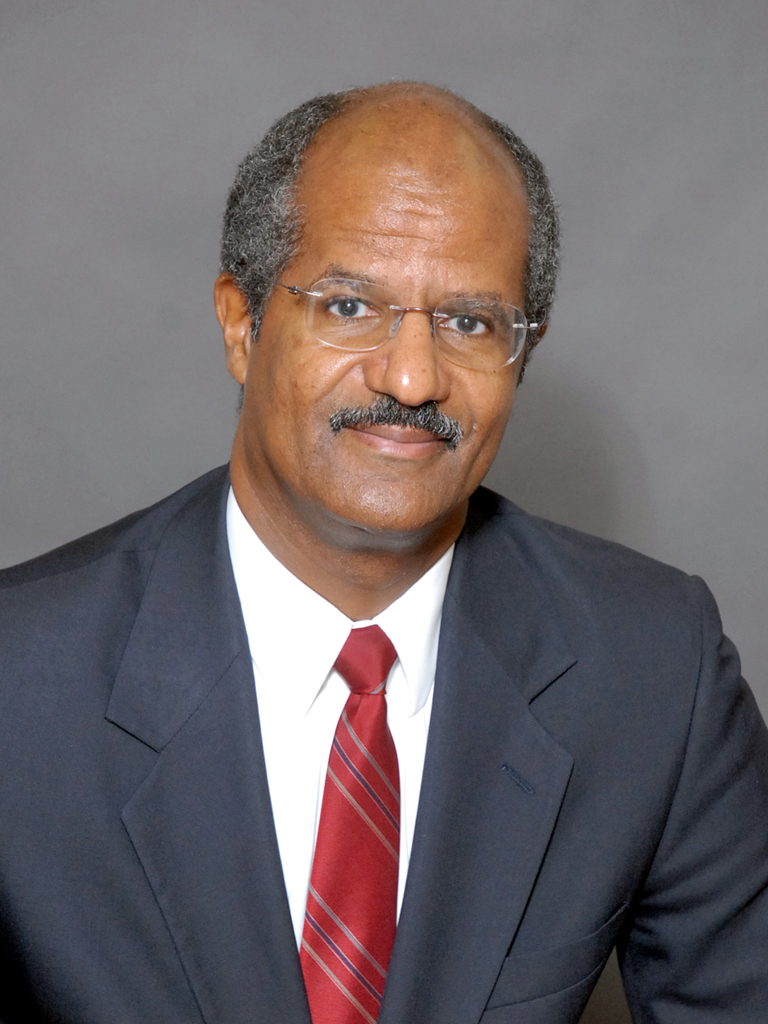SU professor a contributor to the 2017 Nobel Prize in Physics

Southern University active member of LIGO since 1999
The Royal Swedish Academy of Sciences has awarded the Nobel Prize in Physics 2017 to Rainer Weiss (LIGO/Virgo Collaboration), Barry C. Barish (LIGO/Virgo Collaboration), and Kip S. Thorne (LIGO/Virgo Collaboration), "for decisive contributions to the LIGO detector and the observation of gravitational waves."
The announcement was made on October 3, 2017. The awards will be presented at a ceremony in Stockholm Sweden on December 10, 2017.
“I’m positively delighted that the Nobel Committee has recognized the LIGO discovery and its profound impact on the way we view the cosmos. This prize rewards not just Kip, Rai, and Barry but also the large number of very smart and dedicated scientists and engineers who worked tirelessly over the past decades to make LIGO a reality,” said LIGO executive director, David Reitze, in the official LIGO press release.
Stephen C. McGuire, the Southern University principal investigator to the LIGO Scientific Collaboration (LSC), is one of those scientists.
A Louisiana native, McGuire is a magna cum laude physics graduate of Southern University and A&M College. He received his M.S. degree in nuclear physics from the University of Rochester, and Ph.D. from Cornell University in nuclear science.
The recipient of several LIGO-related awards, McGuire shared the Princess of Asturias Award for Technical and Scientific Research given to Rainer Weiss, Kip S. Thorne, Barry C. Barish, and the LIGO Scientific Collaboration in June of this year.
The LSC is the international group of more than 1200 scientists focused on the direct detection of gravitational waves, using them to explore the fundamental physics of gravity, and developing the emerging field of gravitational wave science as a tool of astronomical discovery. The LSC works toward this goal through research on, and development of techniques for, gravitational wave detection; and the development, commissioning and exploitation of gravitational wave detectors.
LIGO, the Laser Interferometer Gravitational-Wave Observatory, is a collaborative project with more than 1000 researchers from more than 20 countries. Together, they have realized a vision that is almost 50 years old. The 2017 Nobel Laureates have, with their enthusiasm and determination, each been invaluable to the success of LIGO. Pioneers Weiss and Thorne, together with Barry C. Barish, the scientist and leader who brought the project to completion, ensured that four decades of effort led to gravitational waves finally being observed.
Southern University has been an active member in LIGO in the area of optical materials research since 1999. The University's work focuses on minimizing noise in LIGO test mass mirrors in order to help maximize the sensitivity of the LIGO interferometers. These investigations have involved detailed experimental and computational studies of atomic composition and chemical structure of the mirror coatings by SU faculty members and students from the physics, chemistry, mathematics, and computer science departments.
Southern University also is a founding partner in the LIGO Science Education Center (SEC) that engages faculty and students from across the campus as well as the community in science education through in-service and pre-service programs that primarily impact K-12 teacher preparation. SU Interim Executive Vice President and Provost Luria Young is principal investigator for the SU LIGO SEC Partnership. Many SU students have worked as SEC docents including alumnus William Parker.
Parker, a detector scientist, was at the helm in the control room at the LIGO Livingston Observatory when the first gravitational waves were detected on September 14, 2015.
“Southern University has been a member of the LIGO team since 2000 when we were elected to membership in the LIGO Scientific Collaboration (LSC). Our contributions to LIGO science have focused on the development of superior optical materials for use in the core optics of the interferometers,” McGuire said.
This research has enabled additional collaborations with major laboratories such as the Center for Advanced Microstructures and Devices (CAMD) in Baton Rouge, the Stanford Synchrotron Radiation Laboratory (SSRL) in Menlo Park, CA and the National Institute of Standards and Technology (NIST) in Gaithersburg, MD.
“It is an honor to be a member of the LIGO/Virgo Collaboration, and I am thankful for the many students I have served as well as the faculty, staff and LIGO scientists that I have worked with over my 40 years in physics. All can take much pride in this monumental outcome,” added McGuire.
LIGO is funded by the NSF, and operated by Caltech and MIT, which conceived of LIGO and led the Initial and Advanced LIGO projects. Financial support for the Advanced LIGO project was led by the NSF with Germany (Max Planck Society), the U.K. (Science and Technology Facilities Council) and Australia (Australian Research Council) making significant commitments and contributions to the project. More than 1,200 scientists and some 100 institutions from around the world participate in the effort through the LIGO Scientific Collaboration, which includes the GEO Collaboration and the Australian collaboration OzGrav. Additional partners are listed at http://ligo.org/partners.php
The Virgo collaboration consists of more than 280 physicists and engineers belonging to 20 different European research groups: six from Centre National de la Recherche Scientifique (CNRS) in France; eight from the Istituto Nazionale di Fisica Nucleare (INFN) in Italy; two in the Netherlands with Nikhef; the MTA Wigner RCP in Hungary; the POLGRAW group in Poland; Spain with the University of Valencia; and the European Gravitational Observatory, EGO, the laboratory hosting the Virgo detector near Pisa in Italy, funded by CNRS, INFN, and Nikhef.
